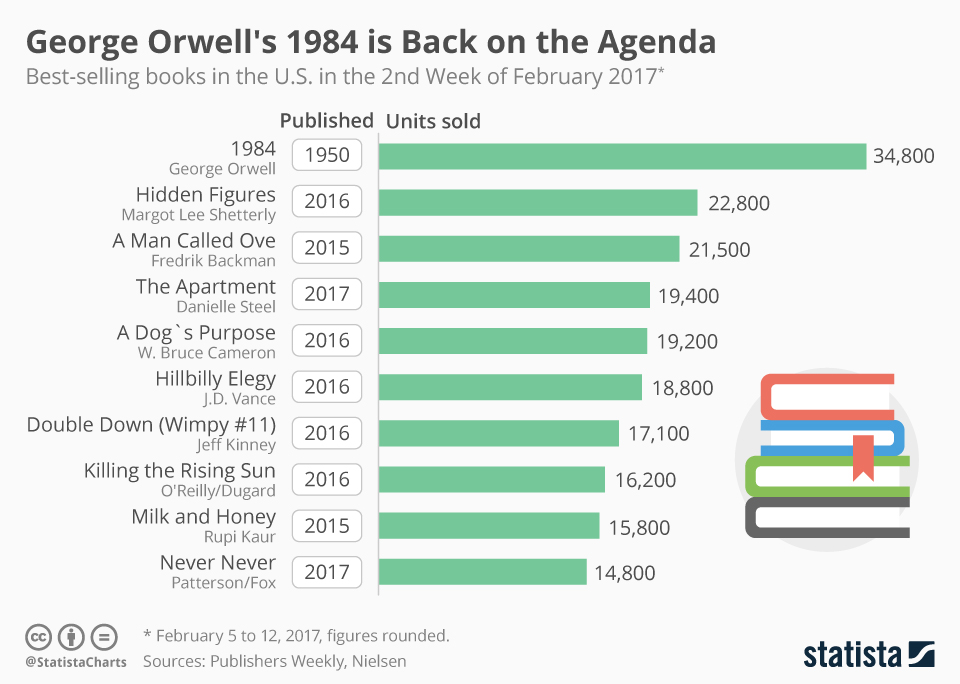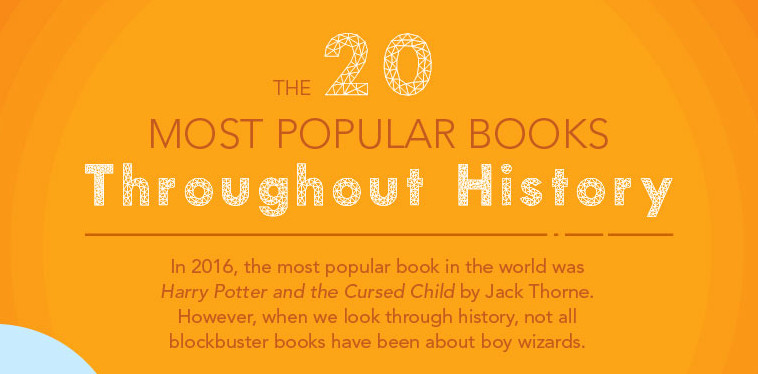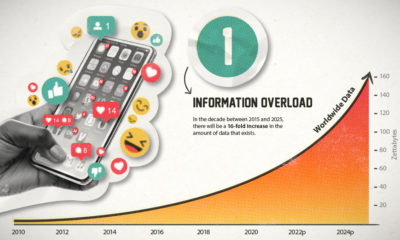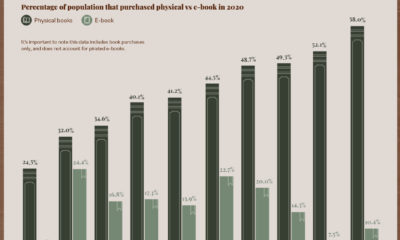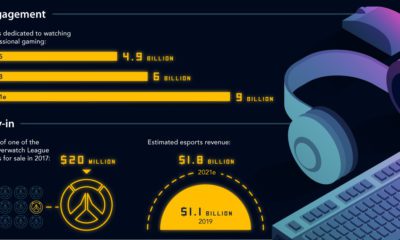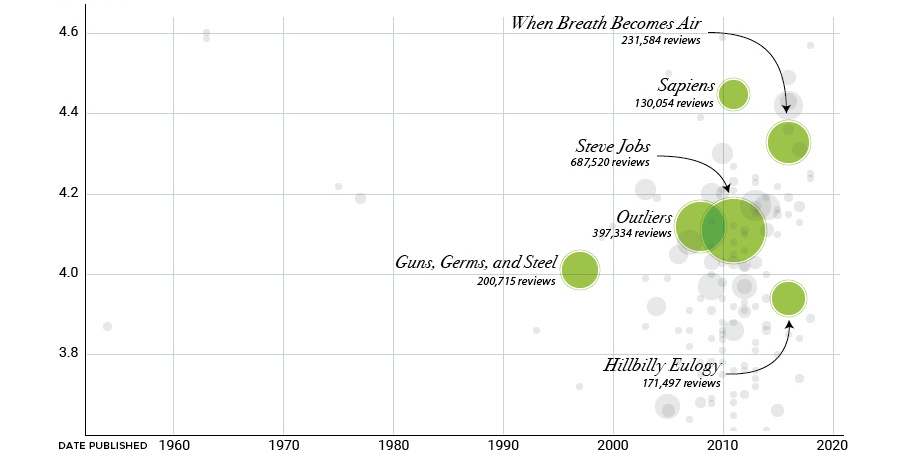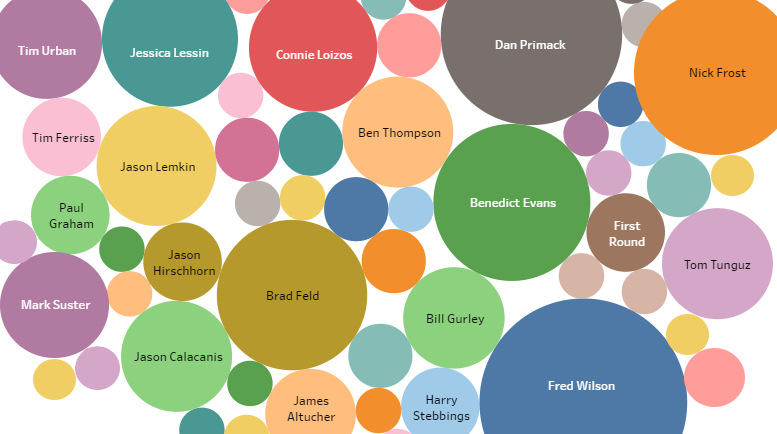Today’s infographic comes to us from Global English Editing, and it looks at 20 of the most popular books in the world. All of the books listed, even those published decades or centuries ago, have made an enduring impact on readers to this day. They have achieved this by stirring discussion and sparking debate wherever they are read.
Controversy: The Evergreen Theme
One of the important traits shared by every book on this list is the controversy that has swirled around each of them. This can be seen across different time periods and genres. People have questioned the identity and authorial authenticity of Homer and decried the upending of creationism proposed by Darwin. Even a children’s book like the modern bestselling series, Harry Potter, can be a magnet for discussion over what is morally right and wrong. It is often the case the that most popular and enduring literary works will not only captivate, but also address controversial issues in such a way that people will be talking about them for generations.
Lessons From History
The recent bestselling streak of George Orwell’s 1984, first published in 1950, is an interesting illustration of this trend. The dystopian novel was banned upon its translation and release in the former USSR due to its implicit critique of Stalinist political ideology. By contrast, in the 1970s and 1980s, several American counties challenged 1984 on the grounds that it might promote communist ideals. In the 21st century, Orwell’s best-known work has been revisited by a new generation of readers as the American political climate continues to create new uncertainties about governance, the distortion of facts, and social control.
For Business Content, Bold Will Hold
The most popular books ever written can teach modern businesses a great deal about what it takes to make content that is evergreen, meaningful, and primed to engage their readers. Creating discussion is key in the age of the reactive “hot take” style of article. Your ability to stand out in the cultural, historical, or political context for having a point of view that many people find worthy of debating will give your work the staying power it needs. Considering that within any given minute there are 2.4 million Google searches taking place and over 700,000 people logging into Facebook, this is no easy task. But whether it’s through a new product or via customer engagement, creating meaningful discussion is key to making a business’ voice heard through all the noise. on Even while political regimes across these countries have changed over time, they’ve largely followed a few different types of governance. Today, every country can ultimately be classified into just nine broad forms of government systems. This map by Truman Du uses information from Wikipedia to map the government systems that rule the world today.
Countries By Type of Government
It’s important to note that this map charts government systems according to each country’s legal framework. Many countries have constitutions stating their de jure or legally recognized system of government, but their de facto or realized form of governance may be quite different. Here is a list of the stated government system of UN member states and observers as of January 2023: Let’s take a closer look at some of these systems.
Monarchies
Brought back into the spotlight after the death of Queen Elizabeth II of England in September 2022, this form of government has a single ruler. They carry titles from king and queen to sultan or emperor, and their government systems can be further divided into three modern types: constitutional, semi-constitutional, and absolute. A constitutional monarchy sees the monarch act as head of state within the parameters of a constitution, giving them little to no real power. For example, King Charles III is the head of 15 Commonwealth nations including Canada and Australia. However, each has their own head of government. On the other hand, a semi-constitutional monarchy lets the monarch or ruling royal family retain substantial political powers, as is the case in Jordan and Morocco. However, their monarchs still rule the country according to a democratic constitution and in concert with other institutions. Finally, an absolute monarchy is most like the monarchies of old, where the ruler has full power over governance, with modern examples including Saudi Arabia and Vatican City.
Republics
Unlike monarchies, the people hold the power in a republic government system, directly electing representatives to form government. Again, there are multiple types of modern republic governments: presidential, semi-presidential, and parliamentary. The presidential republic could be considered a direct progression from monarchies. This system has a strong and independent chief executive with extensive powers when it comes to domestic affairs and foreign policy. An example of this is the United States, where the President is both the head of state and the head of government. In a semi-presidential republic, the president is the head of state and has some executive powers that are independent of the legislature. However, the prime minister (or chancellor or equivalent title) is the head of government, responsible to the legislature along with the cabinet. Russia is a classic example of this type of government. The last type of republic system is parliamentary. In this system, the president is a figurehead, while the head of government holds real power and is validated by and accountable to the parliament. This type of system can be seen in Germany, Italy, and India and is akin to constitutional monarchies. It’s also important to point out that some parliamentary republic systems operate slightly differently. For example in South Africa, the president is both the head of state and government, but is elected directly by the legislature. This leaves them (and their ministries) potentially subject to parliamentary confidence.
One-Party State
Many of the systems above involve multiple political parties vying to rule and govern their respective countries. In a one-party state, also called a single-party state or single-party system, only one political party has the right to form government. All other political parties are either outlawed or only allowed limited participation in elections. In this system, a country’s head of state and head of government can be executive or ceremonial but political power is constitutionally linked to a single political movement. China is the most well-known example of this government system, with the General Secretary of the Communist Party of China ruling as the de facto leader since 1989.
Provisional
The final form of government is a provisional government formed as an interim or transitional government. In this system, an emergency governmental body is created to manage political transitions after the collapse of a government, or when a new state is formed. Often these evolve into fully constitutionalized systems, but sometimes they hold power for longer than expected. Some examples of countries that are considered provisional include Libya, Burkina Faso, and Chad.

